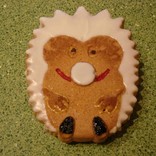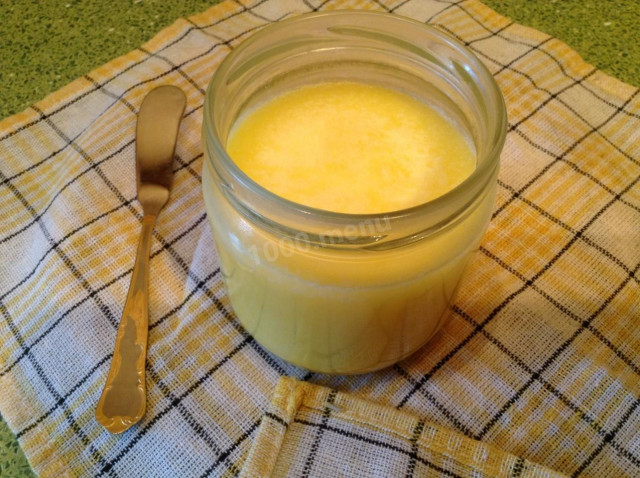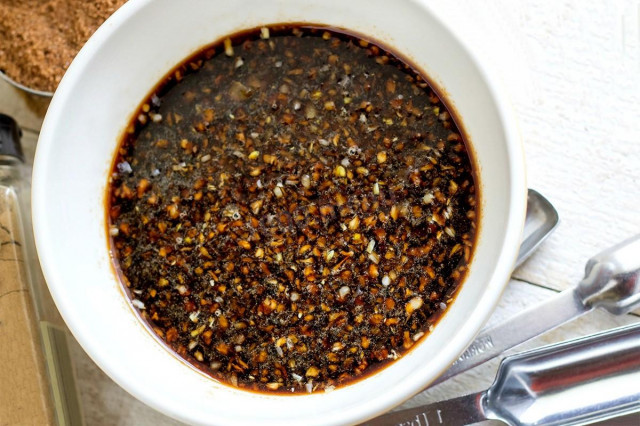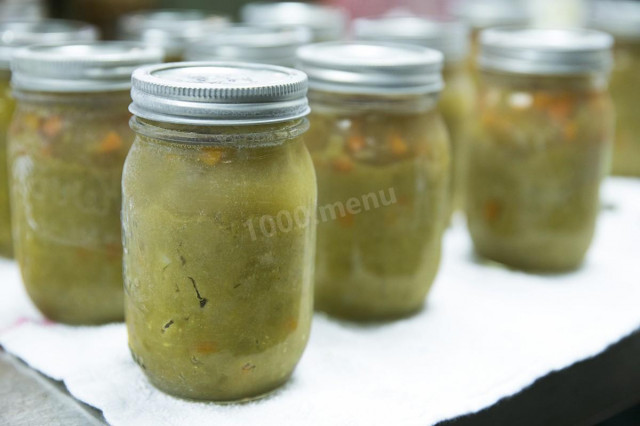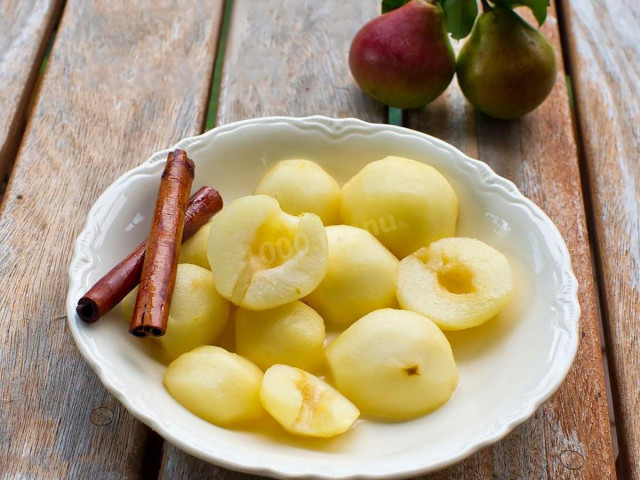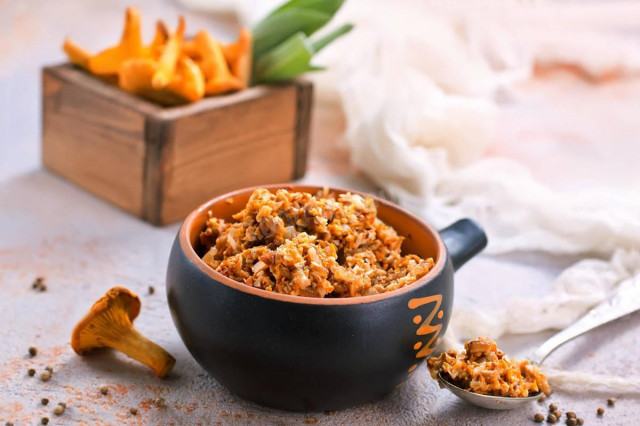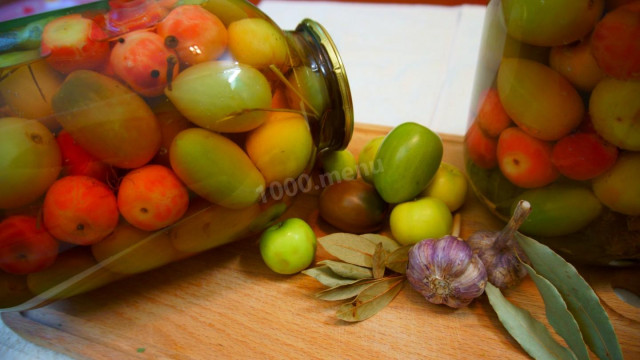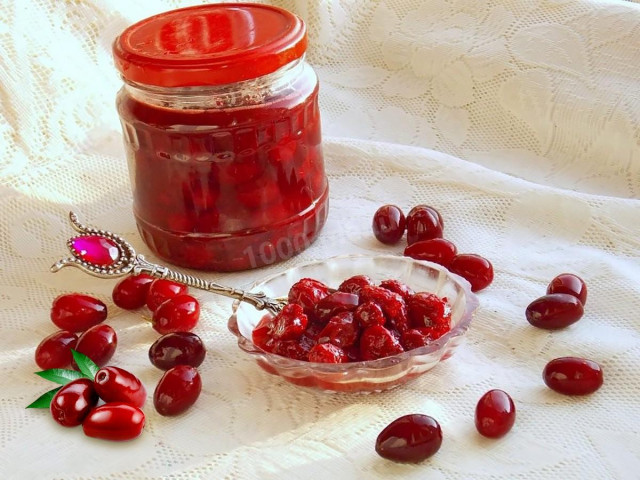Composition / ingredients
Step-by-step cooking
Step 1:
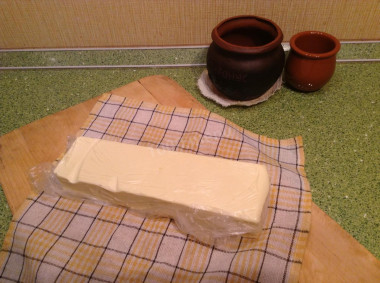
The oil should be at room temperature
Step 2:
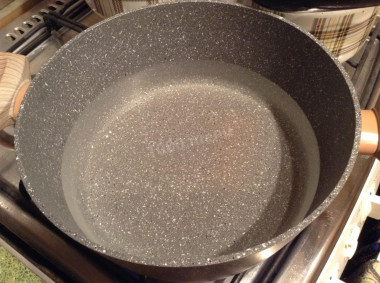
Put a container of water on the fire for heating. This is our water bath
Step 3:
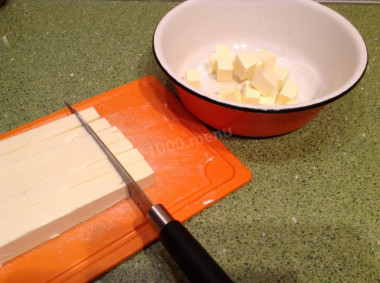
Cut the butter into small pieces
Step 4:
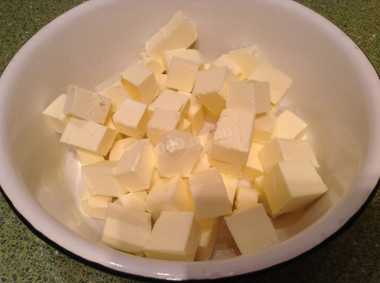
Put a bowl of oil on a water bath. Preheating on low heat.
Step 5:
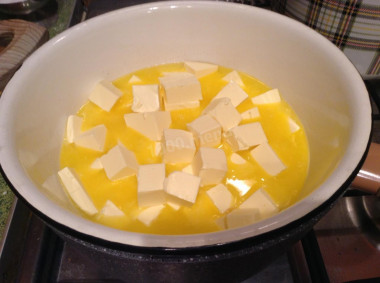
The oil will gradually melt. Thus, we languish the oil for an hour and a half, stirring constantly.
Step 6:
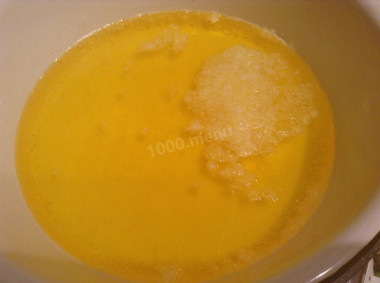
During the languor, a foam will form from the curdled protein. We collect it in a separate dish. N.B. if the butter is homemade, then the foam can be used for cooking, because it is pure protein, it is useful, however, it is not stored for long. If the oil is store-bought, it is better not to use it.
Step 7:
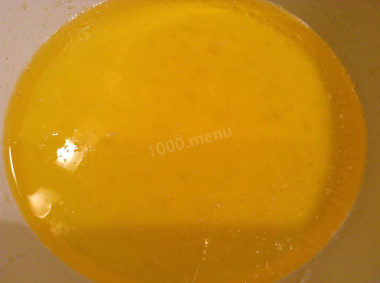
After an hour, the foam ceases to stand out. And sediment forms at the bottom. Thanks to the water bath, it does not burn and it can also be used in the preparation of various dishes.
Step 8:
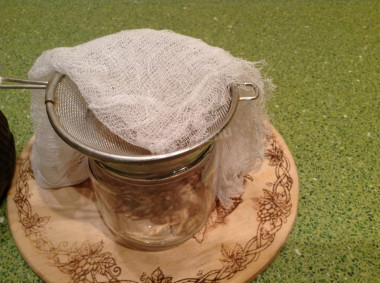
Prepare a container for storing melted butter, install a sieve and put gauze on top in several layers. We try not to dangle the bowl with oil too much, so as not to disturb the sediment and strain the oil.
Step 9:
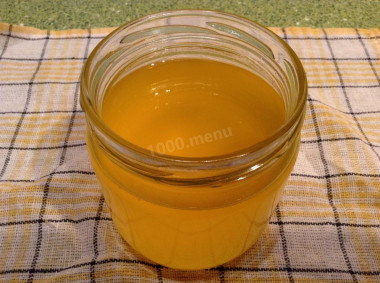
Here it is - a beautiful transparent healthy ghee. A kilogram of oil turned out to be a 500 ml jar. Such ghee can be stored in the refrigerator for 1.5 years. With it, the dishes will be much tastier and healthier!
Ghee is a traditional product of many peoples. During prolonged heating, butter is freed from various impurities, such as milk protein and water. The protein forms a foam, and the water simply evaporates.Ghee does not burn and does not form carcinogens at high temperature.
Caloric content of the products possible in the composition of the dish
- Butter 82% - 734 kcal/100g
- Amateur unsalted butter - 709 kcal/100g
- Unsalted peasant butter - 661 kcal/100g
- Peasant salted butter - 652 kcal/100g
- Melted butter - 869 kcal/100g
